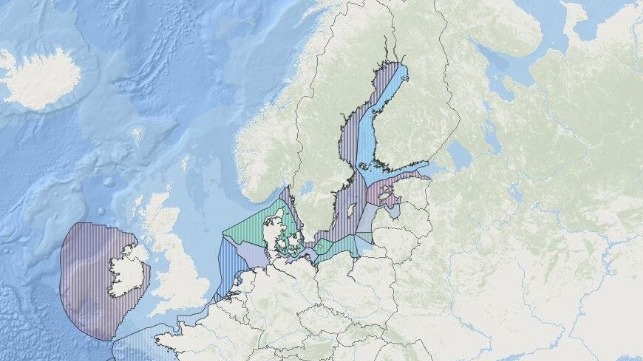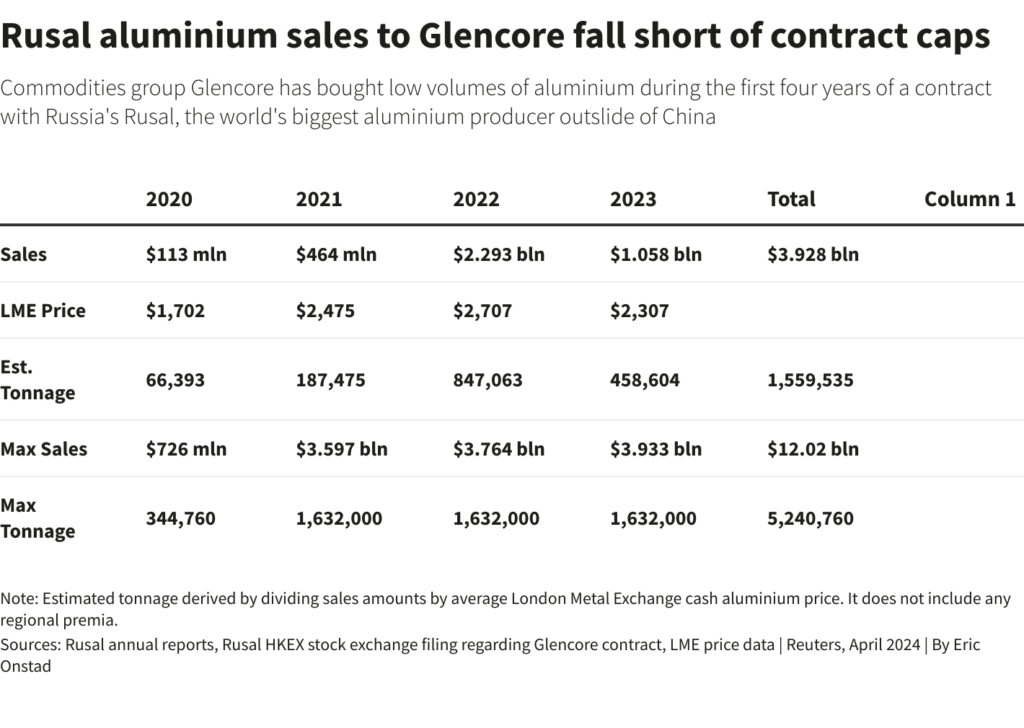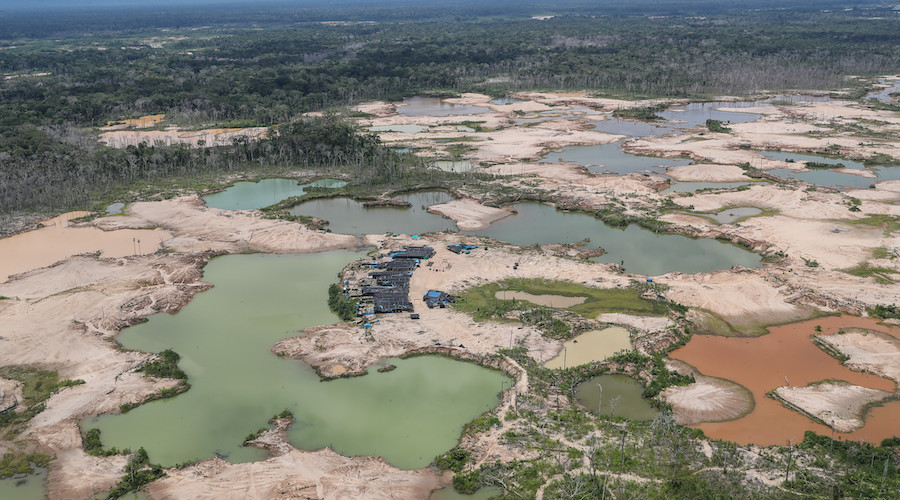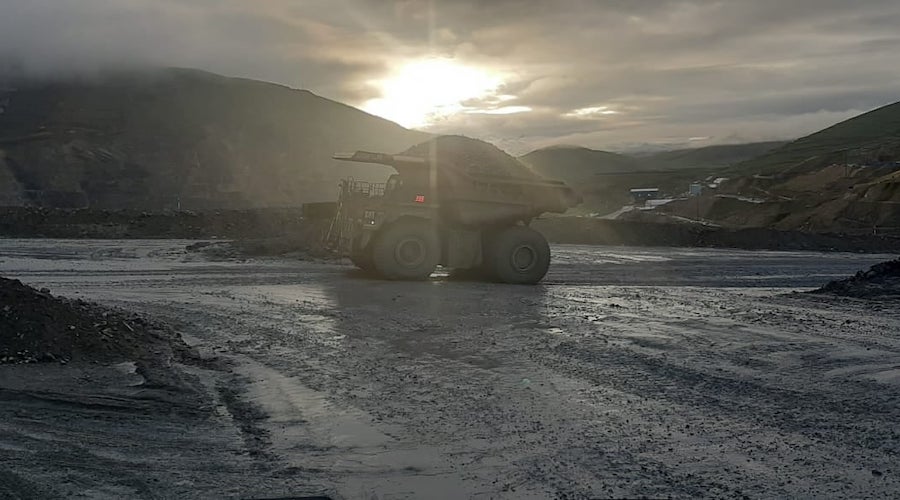Turkey has emerged as the largest coal-fired electricity producer in Europe as major EU economies have continued to shut down coal power plants and boost renewable energy generation.
In the first four months of this year, Turkey was the top coal power producer in Europe, overtaking Germany, according to data from energy think tank Ember cited by Reuters columnist Gavin Maguire.
This development highlights the diverging paths the EU and Turkey have taken in securing electricity supply. While the EU bloc—including top coal power producer Germany—is looking to reduce reliance on coal as much as possible, Turkey is importing and using more coal to meet its rising electricity demand as coal has become more economically viable to burn in power plants than imported natural gas.
In 2023, Turkey overtook Poland to become Europe’s second-largest coal-fired power generator, behind Germany, Ember said in its Türkiye Electricity Review 2024 in March. At the same time, Turkey’s dependence on imported coal for electricity generation continued to increase, Ember’s energy analyst Bahadir Gumus says.
Coal’s share in Turkey’s total power generation hit a record high of 36% last year, compared to a 12% share in the European Union. Turkey is dependent on coal imports from Russia—with which Ankara has kept friendly diplomatic and trade relations after the Russian invasion of Ukraine—and Russian coal imports held a 73% share in Turkey’s electricity generation, according to Ember’s data.
Unlike the EU, Turkey doesn’t have a ban on imports of Russian energy products.
As coal prices fell more than natural gas prices after the 2022 spike, gas-fired power generation in Turkey fell for the second year in a row in 2023, marking its lowest generation over four years.
“Türkiye’s growing reliance on fossil fuels in electricity generation pushes Türkiye further from the path of clean energy transition,” Ember’s Gumus said.
This year, Turkey generated 36 terawatt hours (TWh) of coal-fired electricity between January and April, surpassing Germany’s coal power output of 34.6 TWh and Poland’s 31.3 TWh, per Ember’s data.
Germany, until recently Europe’s top coal-fired power producer, shut down additional coal plants this spring.
At the beginning of the 2023/2024 winter, Germany’s government said it was bringing back online several coal-fired units for the winter in an attempt to save natural gas and avoid power supply shortfalls.
Without Russian gas supply, the recent energy and gas crisis in Germany—and in Europe—has been keeping utilities and governments on edge and ready to have mothballed coal-fired power plants on stand-by in the coldest winter days to ensure the security of electricity supply.
After the end of the winter, German utility RWE shut down permanently five coal power plant units, removing 2,100 megawatts (MW) of lignite capacity permanently from the grid. RWE has already decommissioned 12 lignite-fired power plant units with a total output of 4,200 MW since the end of 2020 and is confident it would complete its coal phase-out by 2030.
In total, Germany shut down permanently 15 coal-fired power plants last month.
“Several coal-fired power plants that were still on the grid as a precautionary measure over the last two years are therefore now superfluous and can be taken off the grid for good,” Economy Minister Robert Habeck told German agency dpa in early April, adding these were “neither necessary nor economical.”
In 2023, lignite-powered electricity production in Germany slumped to the lowest level since 1963, while hard coal-powered plants produced the lowest electricity volumes since 1955, according to data compiled by the Fraunhofer Institute for Solar Energy Systems ISE.
In Germany’s neighbor to the east, Poland, the biggest state utilities are preparing for a surge in clean energy investments in 2025, hoping that the government would move ahead with a plan to spin off coal assets that have been restricting the companies’ access to financial markets.
Poland’s power grid operator said in March that it would spend $16 billion on upgrading and expanding its power grid to accommodate additional renewable and nuclear capacity.
Coal Still Powers More U.S. Electricity Than Any Renewable Energy Source
Coal still holds about 16% share of electricity generation.
Coal is declining, but not at the fast pace environmental campaigners and enthusiasts would have liked to.
But coal-fired power generation could rise in the summer, especially if heatwaves hit areas where wind power cannot provide the additional power supply.

Despite a continuous decline in U.S. coal power generation, the share of coal in America’s electricity mix is still above 15%, more than any renewable energy source.
All renewable energy sources combined—wind, solar, hydropower, biomass, and geothermal—surpassed coal-fired generation in the U.S. electric power sector for the first time in 2022. But coal still holds about 16% share of electricity generation, more than wind’s share of around 11%, hydropower’s 6%, or solar power’s 4% share of the electric generation mix.
True, coal generation and share have been declining in recent years – thanks to a surge in renewables and a higher share of natural gas-powered electricity due to rising production and falling gas prices. But coal is still playing a role in providing reliable baseload electricity and while falling, its share and contribution to the U.S. power system isn’t negligible at all.
Coal is declining, but not at the fast pace environmental campaigners and enthusiasts would have liked to.
The Biden Administration aims to make the U.S. power grid zero-emission by 2035. But this would be difficult to achieve, considering that currently fossil fuels – mostly natural gas and coal – provide 60% of the total U.S. electricity generation. Last year, gas accounted for 43% and coal for more than 16%.
Early this year, coal’s share held above 15%, although coal power generation fell between January and April to the lowest level in four years, per LSEG data cited by Reuters columnist Gavin Maguire.
Coal consumption typically falls in the spring and autumn – the so-called ‘shoulder’ season – when demand for heating and cooling is at its lowest.
But coal-fired power generation could rise in the summer, especially if heatwaves hit areas where wind power cannot provide the additional power supply.
Moreover, operators have planned fewer coal capacity retirements this year, per EIA data. Operators plan to retire 5.2 gigawatts (GW) of U.S. electric generating capacity in 2024, with coal and natural gas jointly accounting for 91% of the planned capacity retirements in the United States this year. The total capacity planned for retirement would be 62% lower compared to last year, when 13.5 GW was retired, and the least in any year since 2008.
After 22.3 GW of U.S. coal-fired electric generating capacity retired over the past two years, coal retirements will slow down in 2024, the EIA said in February. The 2.3 GW of coal-fired capacity scheduled to retire accounts for 1.3% of the U.S. coal fleet that was in operation as of the end of 2023. Coal retirements are scheduled to rebound in 2025 when operators expect to retire 10.9 GW.
The U.S. is now retiring coal capacity every year, but some areas depend on coal for their power generation more than others, while the expected surge in electricity demand due to data centers to support AI technologies will also require a stable power supply.
Five U.S. states rely on coal for more than half of their electricity generation. These are North Dakota, Missouri, Kentucky, Wyoming, and West Virginia, Reuters’s Maguire notes.
Moreover, data centers have seen such explosive growth that they are taxing utilities beyond what soaring power demand is calling for.
Some utilities in the eastern and southern parts of the U.S. are proposing build-outs of new natural gas-fired capacity alongside renewables to support the growth in electricity consumption coming from data centers. Others have planned to delay the timeline for retiring coal-fired capacity to ensure grid reliability.
For example, Kansas City-based utility Evergy said in June 2023 that it would retire coal operations at its Lawrence Energy Center only in 2028, compared to earlier plans for end-2023 retirement.
“Our service area is experiencing some of its most robust electricity demand growth in decades, including very large projects like the Panasonic electric vehicle battery manufacturing factory and the Meta datacenter, as well as broad-based economic development in both Kansas and Missouri,” Evergy’s president and CEO David Campbell said last year.
By Tsvetana Paraskova for Oilprice.com






